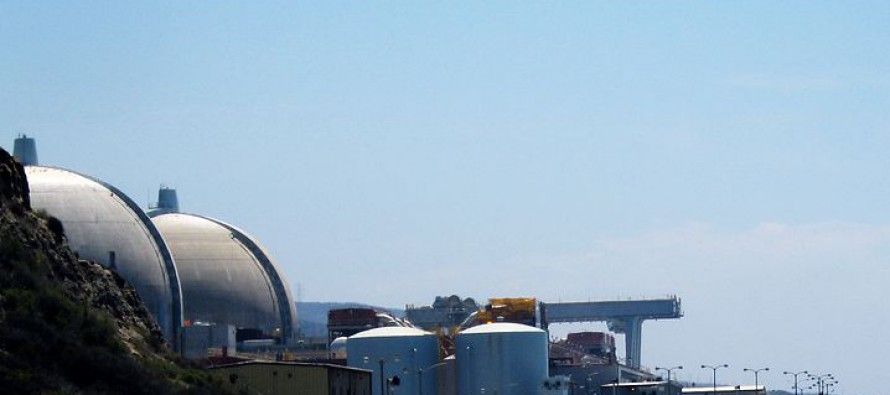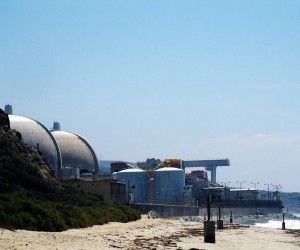NRC leaves lump of coal in San Onofre’s stocking

 The Nuclear Regulatory Commission this week cited Southern California Edison for failing to check the design of steam generators that led to the permanent shutdown of its San Onofre Nuclear Generating Station.
The Nuclear Regulatory Commission this week cited Southern California Edison for failing to check the design of steam generators that led to the permanent shutdown of its San Onofre Nuclear Generating Station.
Chaired by Allison Macfarlane, the five-member commission determined that “design control measures were not established to provide for verifying and checking the adequacy of certain designs.” Yet NRC spokesman Victor Dricks said the commission’s citation carries no penalties or sanctions.
What it does is make it all the more daunting for SCE to recover the costs of prematurely shuttering San Onofre. And while that could prove quite costly to the utility’s shareholders, it also would be “a disaster for the state,” as UC San Diego professor David Victor recently explained.
In an essay published in the San Francisco Chronicle, Dr. Victor noted that the construction of San Onofre, the seaside plant between Los Angeles and San Diego, was the product of a “regulatory compact” between SCE, its partners San Diego Gas & Electric and the City of Riverside, and electricity users in Southern California.
SCE, the 2200-megawatt nuclear plant’s majority owner, SDG&E and Riverside financed San Onofre’s $4.6 billion construction costs, $2 billion of which so far has been recovered from their electricity ratepayers. But that leaves the remaining $2.6 billion unrecovered.
Ratepayers
The five-member California Public Utilities Commission will decide in the months to come how much of that $2.6 billion will be borne by electricity ratepayers in Southern California. As it is, the state regulatory agency actually is considering “refunding” ratepayers $94 million for the months San Onofre’s two nuclear reactors were offline before SCE finally decided to decommission the facility.
Dr. Victor, author of the book, “Global Warming Gridlock,” warns that, if the CPUC breaks the regulatory compact between the owners of San Onofre and their electricity customers, it will “undermine the state’s ability to raise private investment for all infrastructure – not just nuclear power, but also transforming the electric grid, revitalizing the state’s water supply network and other worthy goals.”
That’s not just speculation by the UCSD professor, who previously served as director of Stanford University’s Program on Energy and Sustainable Development. He has studied regulatory compacts around the world. And he has found that, “[W]hen governments break these deals, the initial euphoria of sticking it to big companies usually ends in a nightmare.”
The nightmare here in California, Dr. Victor suggested, is that the investor community will be so “spooked” by the CPUC’s abrogation of the San Onofre regulatory compact that it will be unwilling to invest in solar energy and wind power, the alternatives to nuclear energy advocated by the interest groups that succeeded in pressuring SCE to retire San Onofre.
That would almost certainly guarantee that California fails to meet its ambitious goal, under the Global Warming Solutions Act of 2006, to reduce the state’s greenhouse gas emissions to 1990 levels by 2020.
Related Articles
Guv Calls Sham Special Session
NOV. 18, 2010 By ANTHONY PIGNATARO For the eighth time in his seven-year administration, Gov. Arnold Schwarzenegger has called the
Controller’s website opens local governments’ books
State Controller John Chiang continues to deliver on his promise of government transparency. The state’s chief financial officer announced Monday
With move to ‘Super Tuesday,’ California looks to increase influence on presidential primary
In an effort to bolster its relevance during the next presidential election, Gov. Jerry Brown has signed a new law




